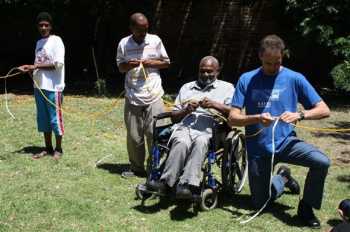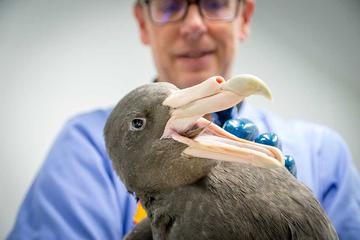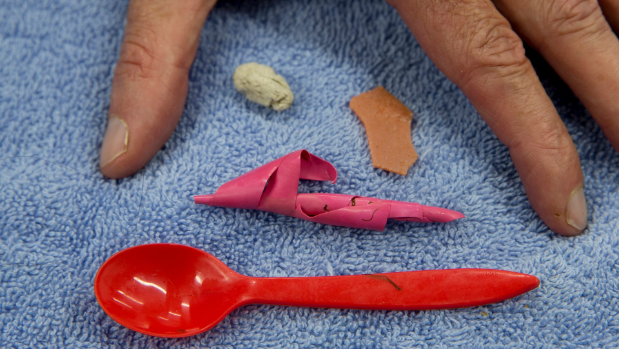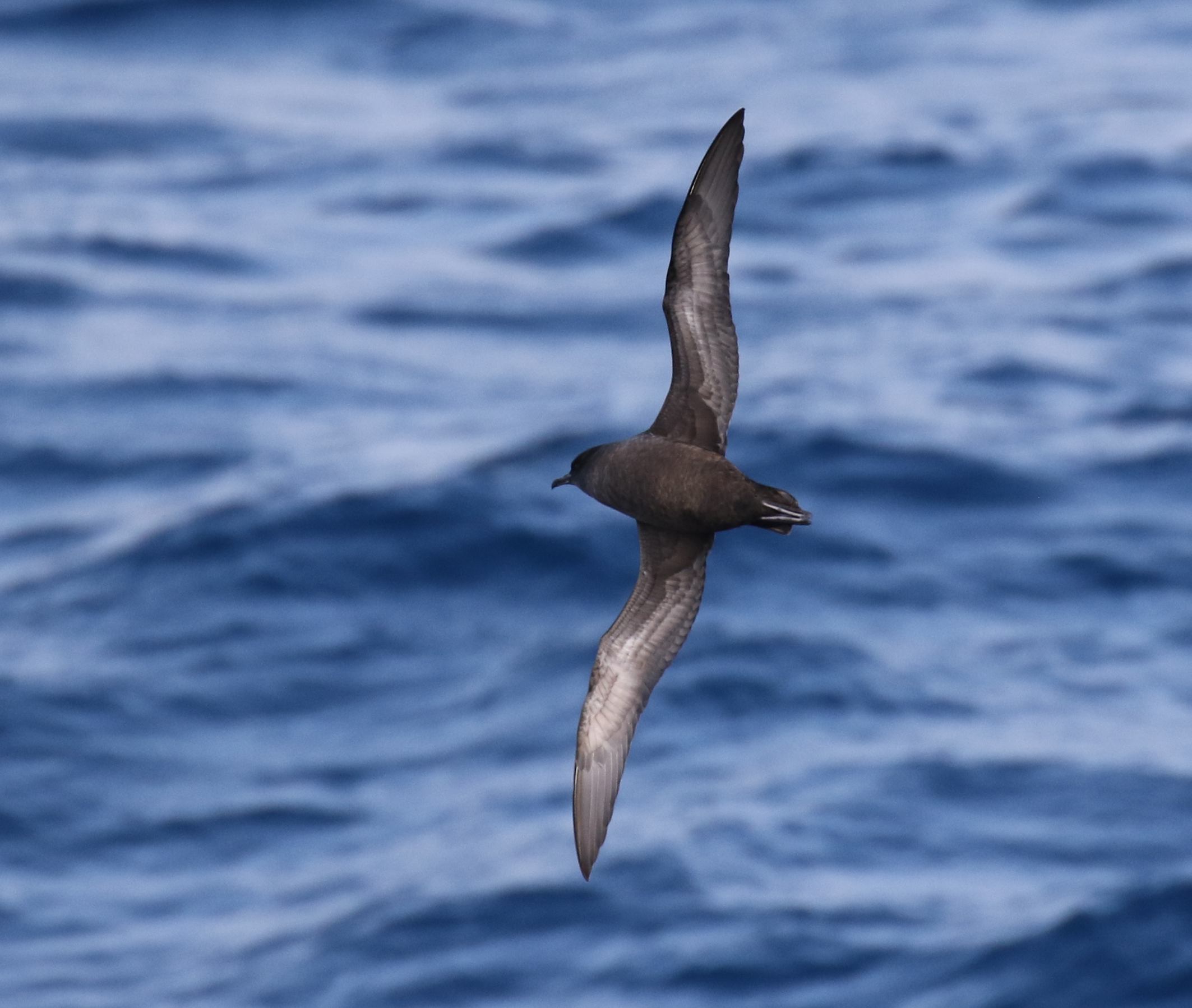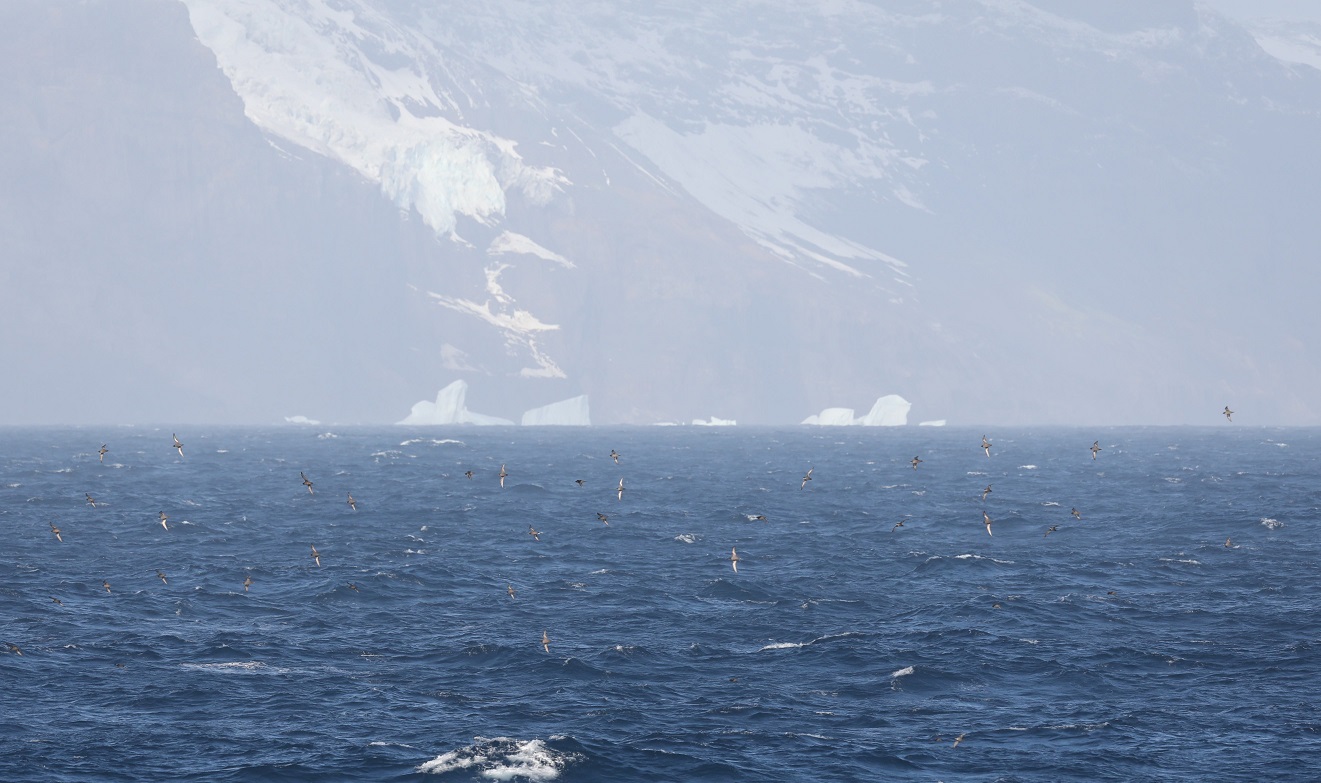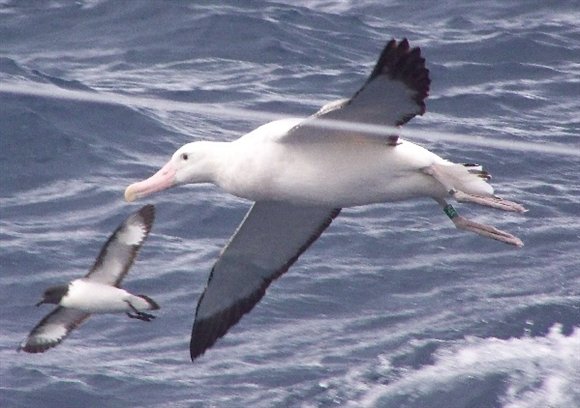The 21st Session of the Indian Ocean Tuna Commission (IOTC) was held in Yogyakarta, Indonesia, from 22-26 May. The Albatross and Petrel Agreement was represented by Anton Wolfaardt, Convenor of its Seabird Bycatch Working Group.
Previously, the IOTC’s Working Party on Ecosystems and Bycatch (WPEB) recommended at its 12th Meeting held in September 2016 that when the IOTC Seabird Conservation and Management Measure (Resolution 12/06 On Reducing the Incidental Bycatch of Seabirds in Longline Fisheries of 2006) is next reviewed, the line-weighting specifications be updated to conform with the latest ACAP advice.
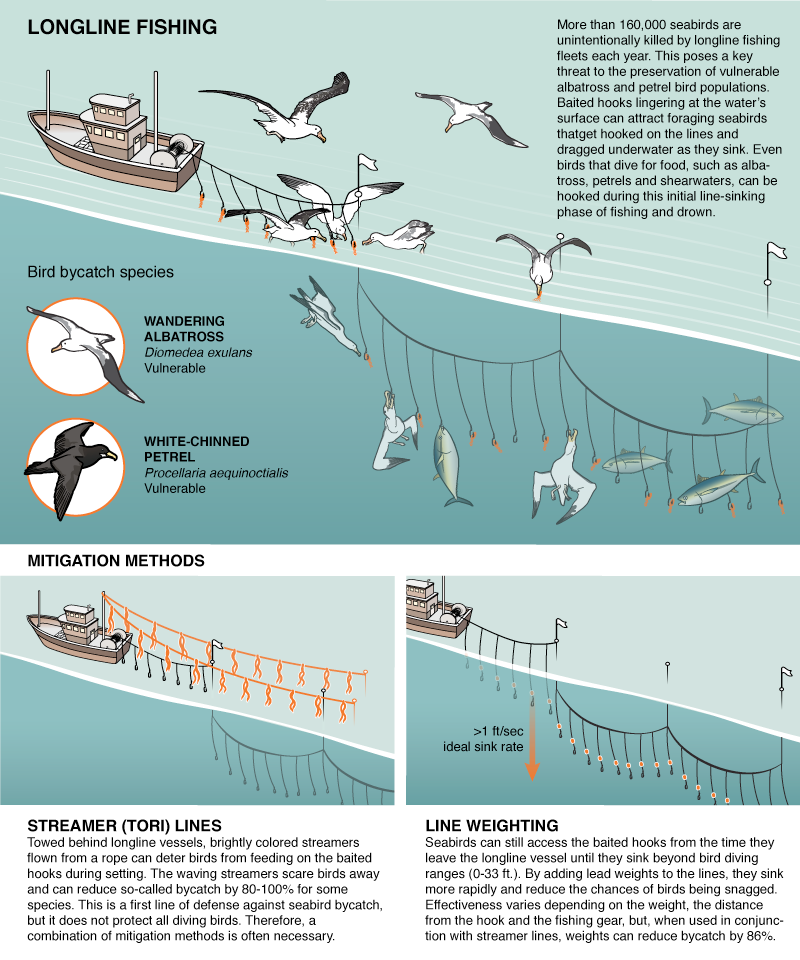
It further recommended that the two hook-shielding devices recommended by ACAP as best-practice measures be incorporated into a revised IOTC Seabird Conservation and Management Measure as additional mitigation options for use in IOTC fisheries operating south of 25°S (the area of application of Resolution 12/06). These recommendations were subsequently endorsed at the 19th Session of the IOTC’s Scientific Committee in December 2016.
On the basis of IOTC’s scientific support for ACAP’s best-practice advice, some IOTC Contracting Parties were considering drafting a proposal to update Resolution 12/06 to bring it closer to the current ACAP advice. Later in the year, Parties decided they needed more time to discuss the proposal further with their relevant country agencies, and intend to continue working towards a proposal in 2017, for submission to the 2018 IOTC Commission meeting.
ACAP will continue to work with its Parties, IOTC Contracting Parties, and other RFMOs, to help support the adoption and implementation of seabird bycatch mitigation measures that are informed by ACAP’s best-practice advice.
AntonWolfaardt, Convenor, ACAP Seabird Bycatch Working Group, 29 June 2017

 English
English  Français
Français  Español
Español 